Transforming the underutilized spaces in our homes into beautiful, functional areas has become a popular trend in recent years, and the basement is no exception. Gone are the days when basements were dark, damp storage areas or mere afterthoughts.
Nowadays, homeowners are embracing the challenge of turning their basements into multifunctional spaces that are beautiful and practical. In this post, we’ll guide you through designing a multifunctional basement, balancing aesthetics with the practical essentials needed for a successful transformation.

Assessing Your Basement’s Potential
The first step in transforming your basement into a multifunctional masterpiece is to evaluate the space you have. Consider the size, shape, and conditions like moisture levels or structural concerns. This might help you understand your space’s opportunities and any limitations you may encounter. If you’re thinking of creating a lounge or retreat area, don’t overlook the importance of proper cigar storage from Trusted Home Goods that could help keep your collection fresh and preserved.
What do you want your basement to be? A cozy home theater, a guest suite, or a game room that also serves as a home office? Defining your basement’s primary and secondary functions is crucial in planning the layout and making the most of your space.
Considering the diverse needs of modern households, a multifunctional basement that serves more than one purpose is ideal. Blending uses into one cohesive space requires thoughtful planning but yields a versatile and valuable addition to your home.
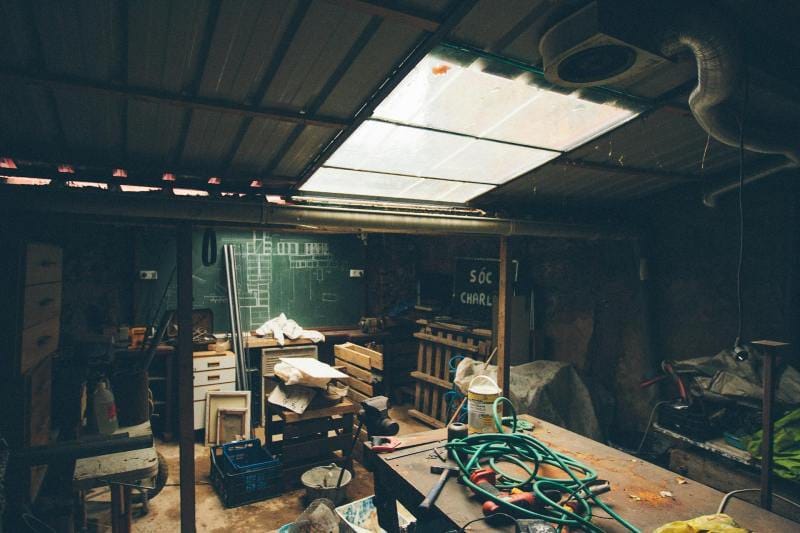
Planning the Layout
You can create distinct areas for different activities by zoning your basement while maintaining a cohesive design. For example, a workout area seamlessly flows into a family lounge or a hobby room adjacent to a guest bedroom. The layout should promote smooth movement throughout the space, avoiding cramped or cluttered areas. Consider how people will move from one location to another and design natural, unobstructed paths.
Strategic placement of utilities such as electrical outlets, plumbing, and HVAC systems is essential. Considering these elements early in the design process will ensure the space is functional and comfortable.
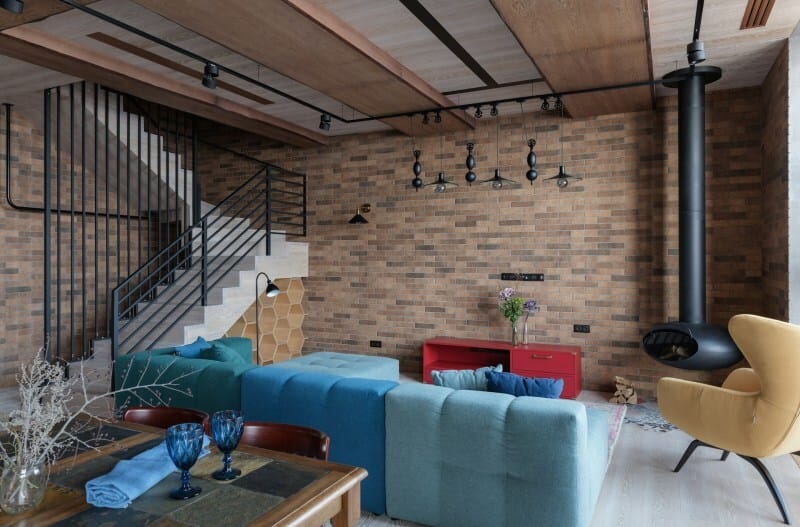
Balancing Aesthetics with Practicality
Choosing the suitable materials is a balancing act between aesthetics and durability. Opt for visually appealing materials capable of withstanding basement conditions, such as moisture-resistant flooring and wall finishes.
Good lighting can transform a basement from a gloomy space to an inviting one. Incorporate layered lighting, combining natural light from egress windows with a mix of ambient, task, and accent lighting fixtures.
Storage solutions in a basement must be functional but can also contribute to the overall design. Built-in cabinets, shelves, and clever use of space under stairs can provide storage while adding to the room’s aesthetics.
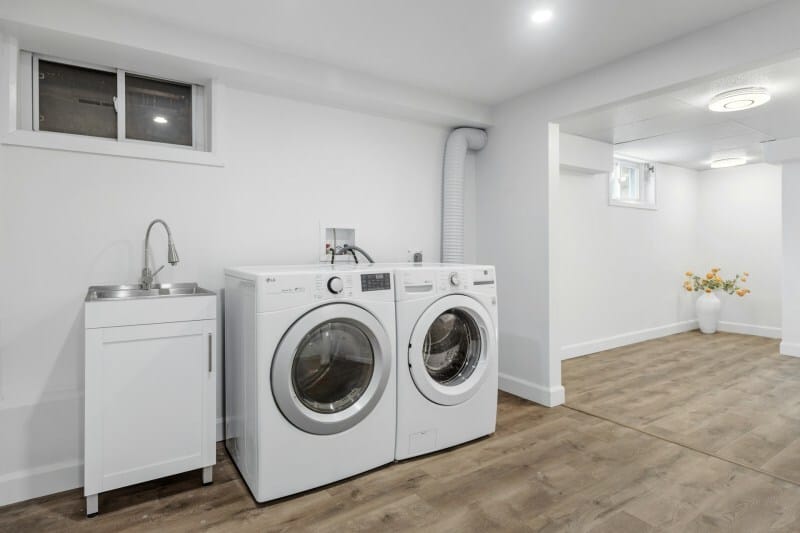
Practical Essentials: Addressing Common Basement Challenges
In many regions with high groundwater levels, a french drain installation Toronto service is critical in managing water and preventing flooding. This system channels water away from the basement, ensuring the space stays dry and comfortable year-round.
A well-ventilated and properly insulated basement is crucial for making the space comfortable throughout the year. Proper insulation will also help manage energy costs by keeping the space warmer in winter and cooler in summer.
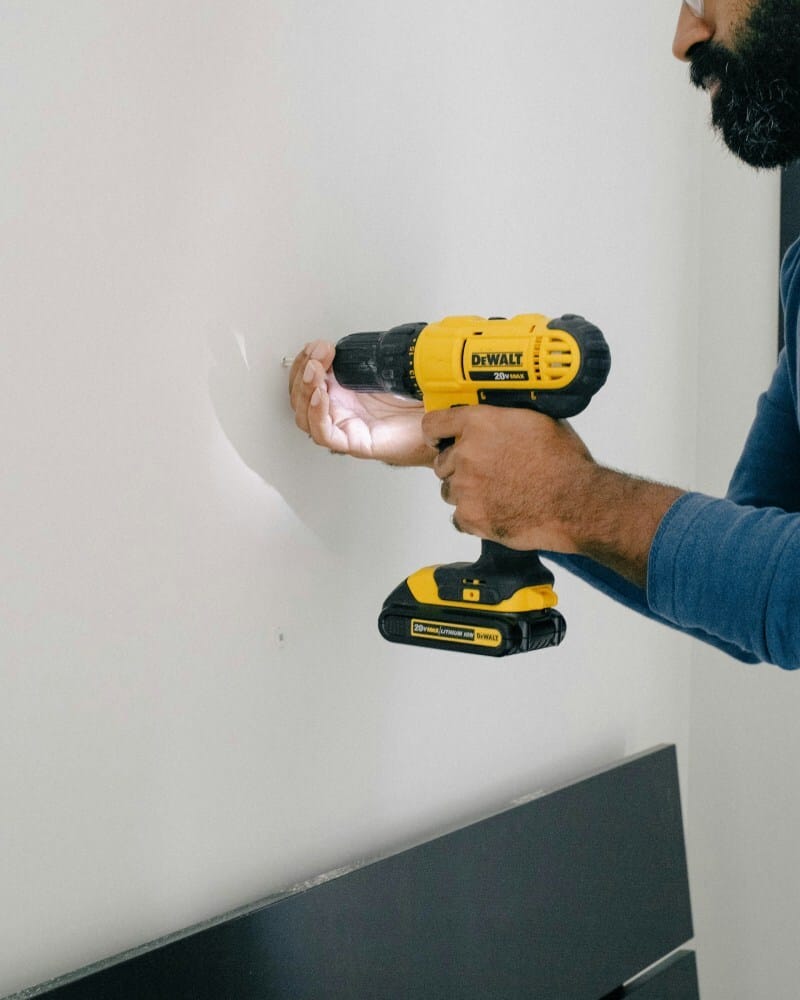
Ensuring that your basement meets local building codes and safety standards is essential. This includes adequate egress windows for emergency exits, fire safety measures, and compliance with local regulations for basement renovations.
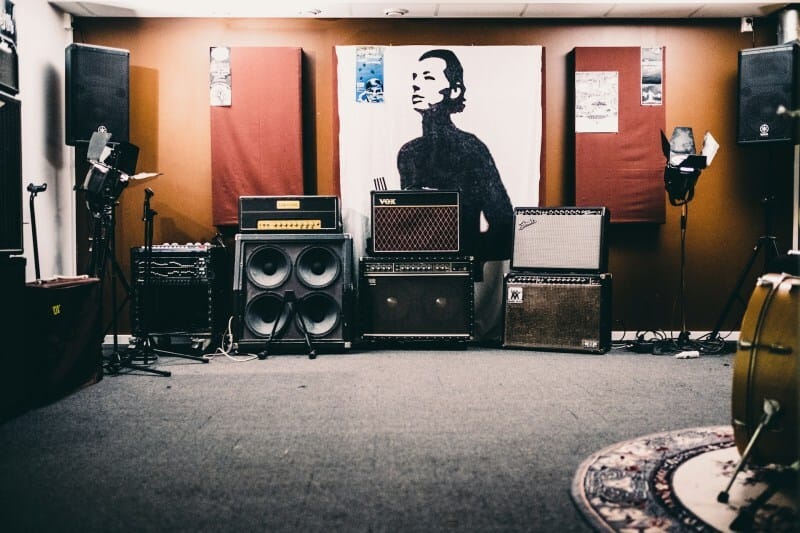
Foundation and Structural Elements
Bench footing is an integral part of ensuring structural stability during renovations, especially in basements where altering the foundation is necessary. This method provides a stable base for your basement’s walls, accommodating the demands of heavy use and multifunctional design.
Design Elements for Multi-Functionality
Choosing furniture that is both multipurpose and space-saving is critical to multifunctional design. Look for items that can serve dual purposes, such as ottomans that offer storage or wall beds that fold away when not in use. Color schemes play a significant role in enhancing the perception of space. Lighter colors can make a basement feel more extensive and open, while bold accents can add depth and interest to the design.
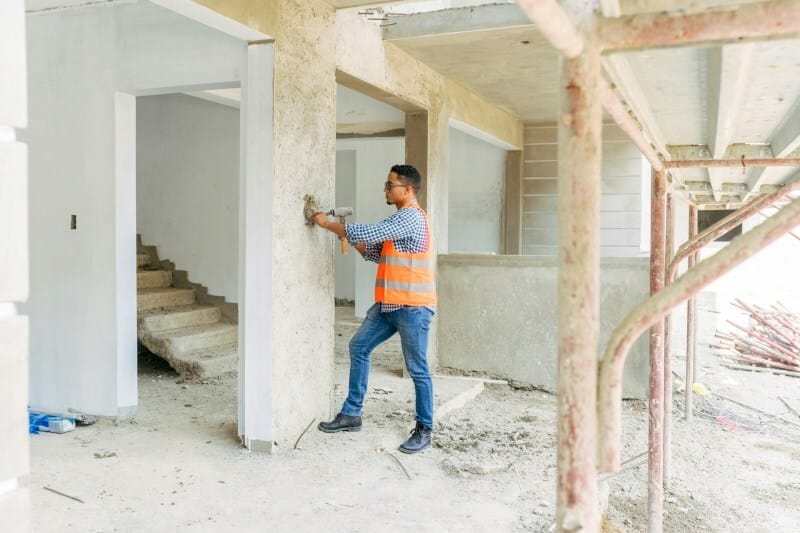
Working with Professionals
Working with designers, contractors, and specialists can take your basement project from good to great. These experts bring a wealth of knowledge and experience to ensure that your vision comes to life efficiently and effectively.
A successful basement renovation is a collaborative process. Working closely with your chosen professionals will help you navigate the challenges and decisions, ensuring the outcome is exactly as you envisioned.
Balancing aesthetics with practicality is the key to designing a multifunctional basement that meets your needs and enhances your home. You can transform your basement into a beautiful and highly functional space by carefully planning the layout, choosing suitable materials, addressing challenges, and working with professionals. Start planning your multifunctional basement today, and don’t hesitate to consult a designer or begin with a detailed plan to guide your journey.
The post Designing a Unique and Multifunctional Basement appeared first on Moss and Fog.
